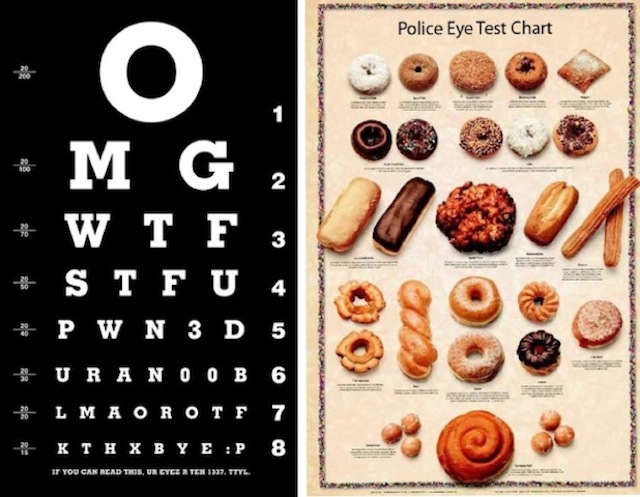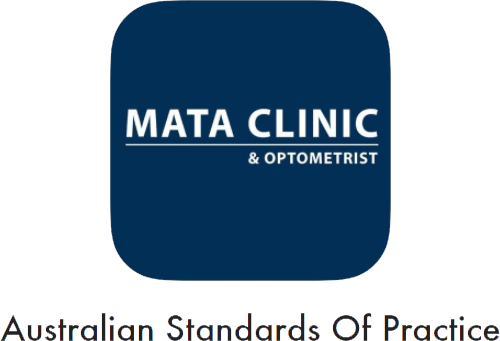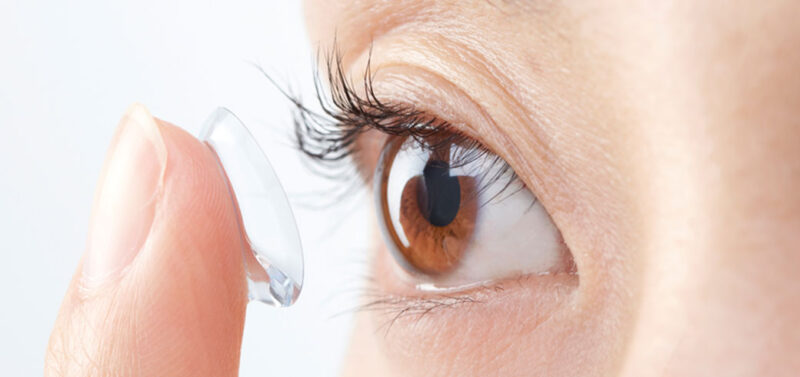Nevertheless, why is it that we can’t pick out individual stars in the Andromeda Galaxy? The limits of our visual resolution, or acuity, come into play here. Visual acuity is the ability to discern a detail such as a point or line as separate from another without them blurring together.
You might therefore think of acuity’s limits as the number of “pixels” we can discern.
Several factors set the boundaries for visual acuity, such as the spacing between the cones and rods packed onto the retina. The optics of the eyeball itself, which as we mentioned before prevent every available photon from alighting upon a photoreceptor cell, are important as well.
 Eye charts test our ability to see the black and white differences that form a letter
Eye charts test our ability to see the black and white differences that form a letter
Theoretically, studies have shown, the best we can do is about 120 pixels per degree of arc, a unit of angular measurement. That works out to about a fingernail held at arm’s length with 60 horizontal and 60 vertical lines on it, alternating in black and white, creating a checkerboard pattern. “That’s about the finest pattern you could ever see,” says Landy.
Vision tests, like the popular Snellen eye chart at your optician’s with the progressively smaller letters on it, operate on the same principle. The chart gauges at what point someone can no longer separate out a white gap in a black letter, distinguishing a capital F from a capital P, for instance. These acuity limits help explain why we cannot discern and focus on a single, dim, biological cell that’s mere micrometres across.
But let’s not sell ourselves short. A million colours; single photons; galactic realms quintillions of miles distant – not bad for the blobs of jelly in our eye sockets, wired to a 1.4 kilogram sponge in our skulls.






Recent Comments